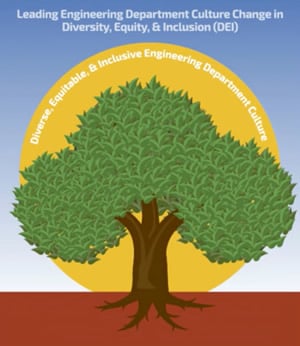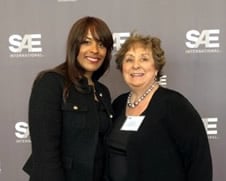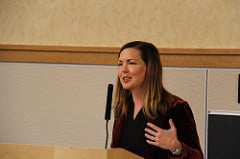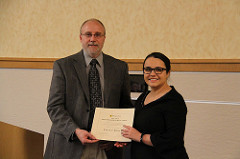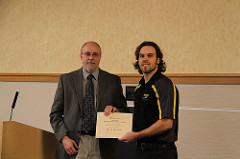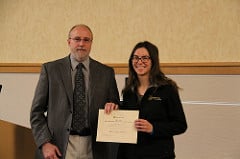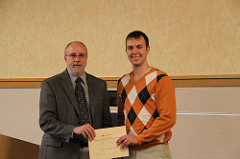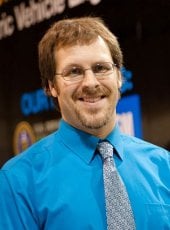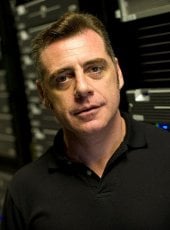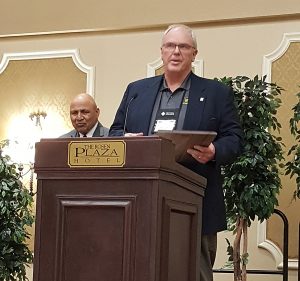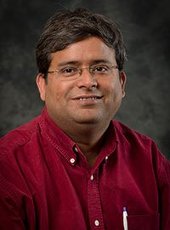
At the Mechanical Engineering Spring 2018 Senior Recognition Banquet and Order of the Engineer Ceremony held April 24, the 2018 Mechanical Engineering Teacher of the Year finalists and winner were announced.
The ME Teacher of the Year voting and selection process is run by the ME Student Advisory Committee (MESAC). The selection of the finalists and the winner is done by ME students.
The three finalists were: Aneet Narendranath (MEEM), Radheshyam Tewari (MEEM) and Paul van Susante (MEEM). Each received a certificate at the banquet. The three finalists were the top faculty vote getters as voted by the ME students.
The 2018 ME Teacher of the Year is Radheshyam Tewari, selected through student evaluations in all his classes taught during Spring 2018 semester.
Tewari’s name will be put on the ME Teacher of the Year plague located in the lobby of the R.L. Smith Building (MEEM).
Congratulations to all three finalists.
By Mechanical Engineering.
